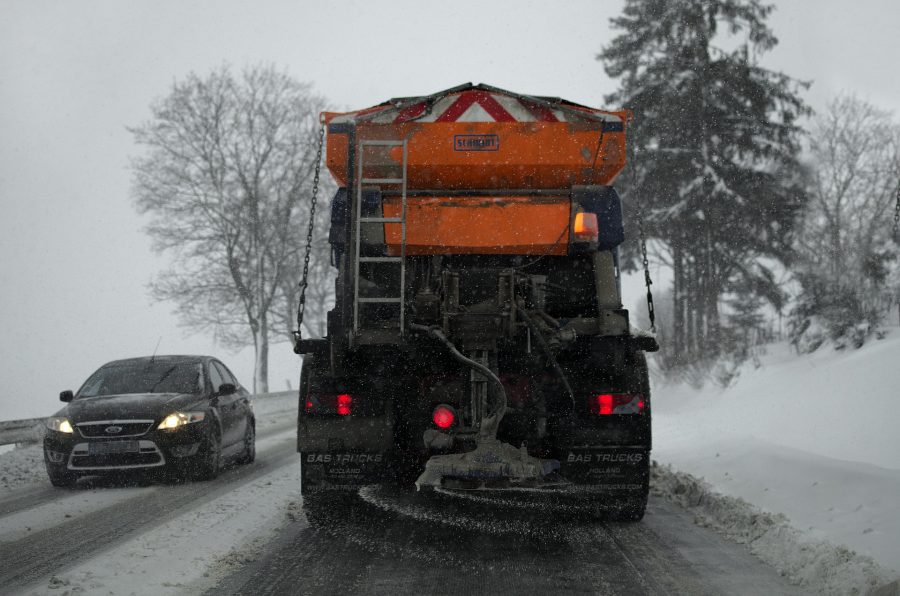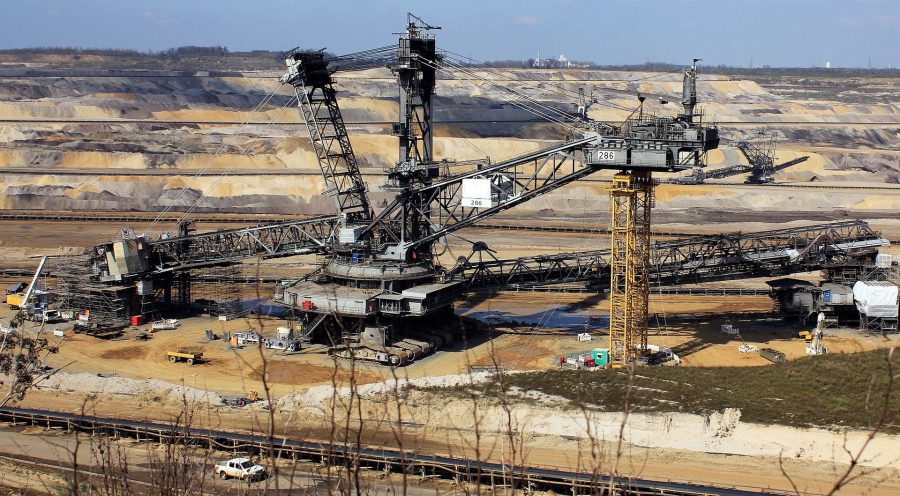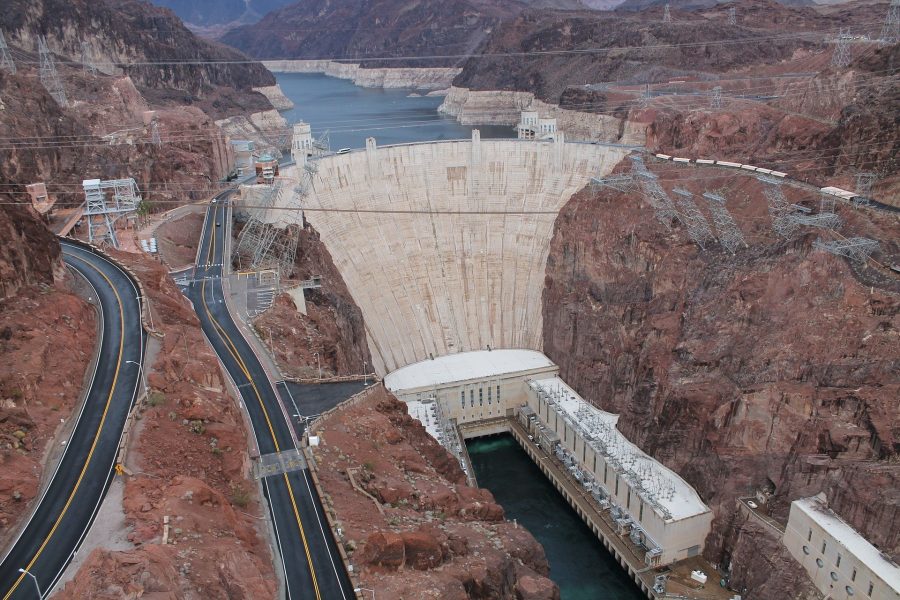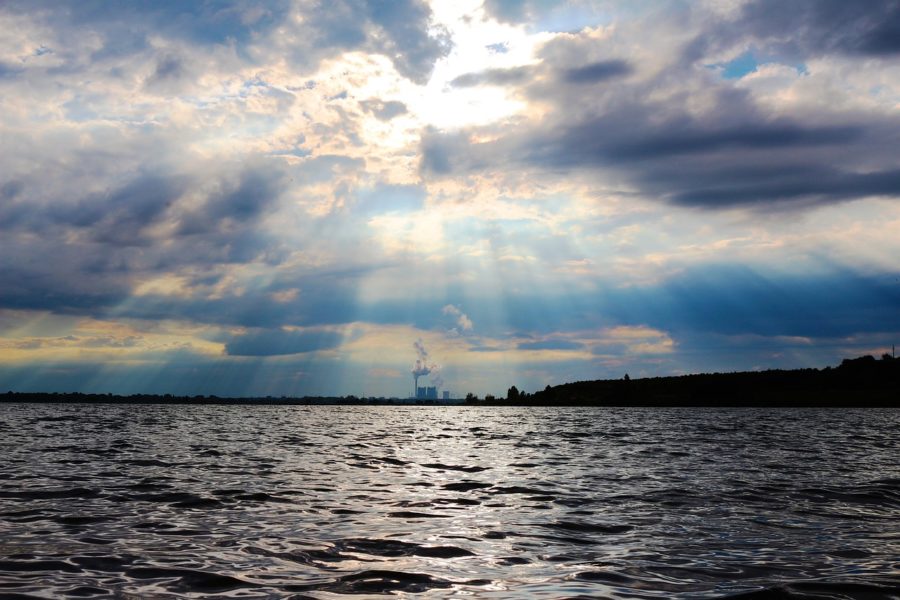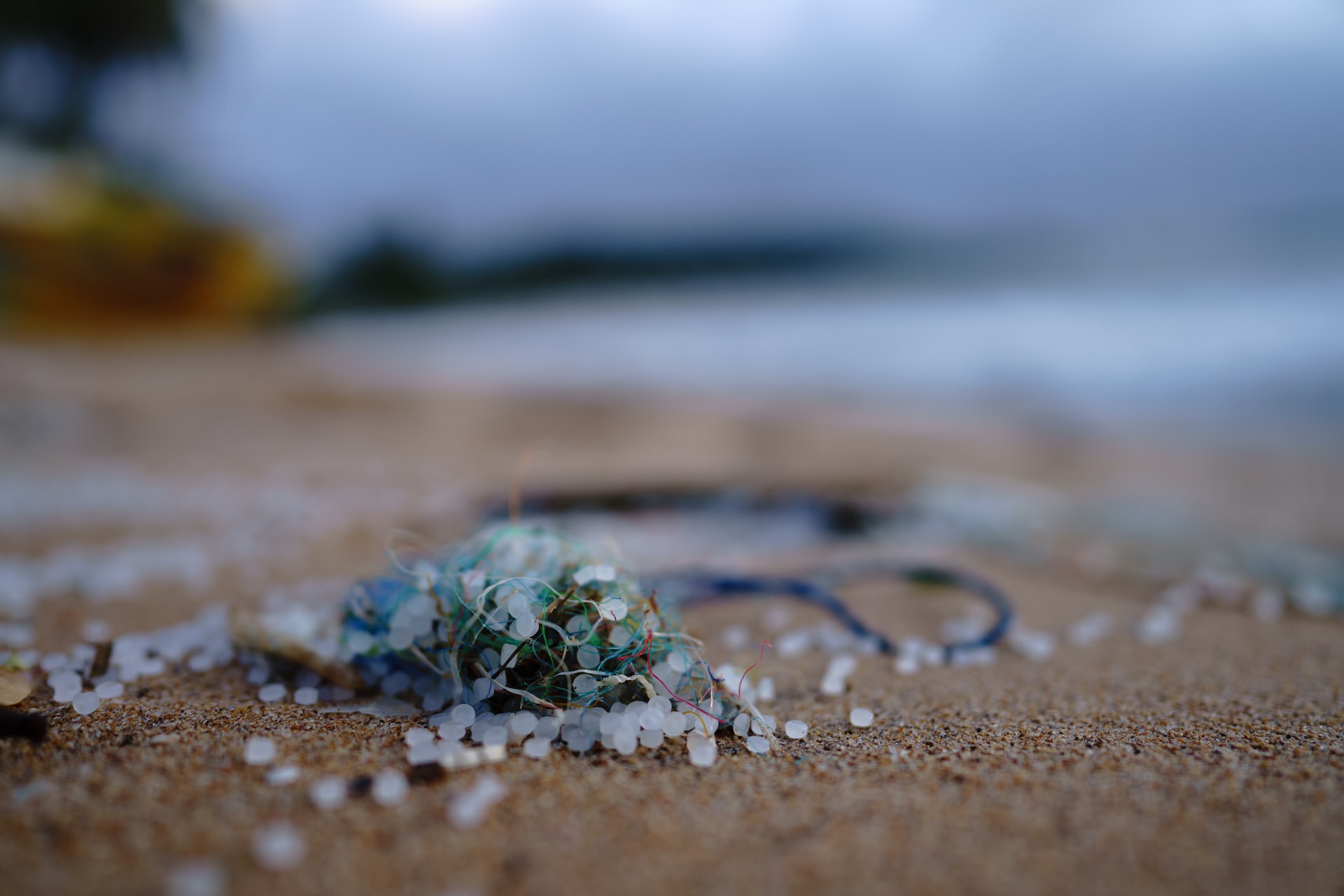 Microplastics in Chicago: The Issue and What is to be Done
Microplastics in Chicago: The Issue and What is to be Done
By: Jacob Regan
Microplastics are increasingly becoming a larger focal point in the discussion of pollution across the globe, including Chicago. The field of microplastic research is burgeoning. They are the subject of the worst environmental debacle in Sri Lankan history–the MV X-Press Pearl Disaster.[1] One estimate indicates that people consume a credit card’s worth of plastic a week.[2] A study found microplastics on 73% of beaches on Lake Michigan.[3] This is something with which Chicagoans and residents of Illinois must reckon.

